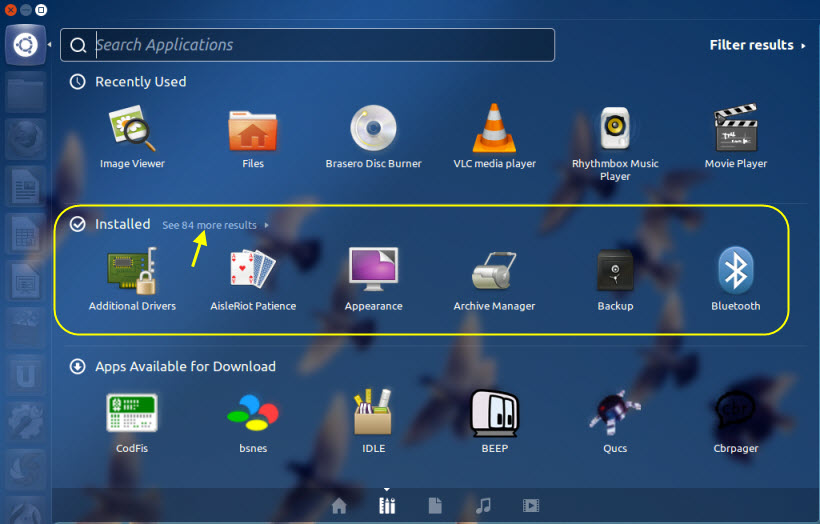
:max_bytes(150000):strip_icc()/gnumeric-579bcd8b5f9b589aa9708ae8.png)

In the Italian population, the probability to develop a breast or an ovarian cancer at age 70 years was estimated to be 39 or 43%, respectively, for a BRCA1 mutation carrier and 44 and 15% for a BRCA2 mutation carrier. 1, 2 Although initial data from the Linkage Consortium Study indicated a probability of 85% to develop breast cancer in a woman with BRCA gene mutation, 3, 4 more recent studies suggest that the penetrance of BRCA1/2 mutations might be lower in non-high-risk families (Antoniou et al 5 and references therein). Mutations of the BRCA1 and BRCA2 genes are responsible for about 15–40% of the breast cancer with familial aggregation and for the majority of hereditary ovarian cancer families. Inherited breast cancer accounts for 5–10% of the cases. Whether the IC or other country-customized models might improve BRCA1/2 mutation prediction also in non-Italian families needs to be further explored.

Our data suggest that the country-customized implementation operated on the Brcapro software generated a more accurate tool for the prediction of BRCA1/2 gene mutation. Finally, most Brcapro failures occurred in the hereditary breast cancer (HBC) family subset, and in 75% of the cases, the IC software corrected them. IC software also appeared particularly accurate in the identification of families belonging the low mutation risk group (<10%). However, the IC software and Myriad tables were more efficient in predicting mutated cases, showing a higher sensitivity (94 and 88%, respectively) and negative predictive value (NPV, 94 and 92%, respectively) compared to Brcapro (sensitivity 71 and NPV 83%). Analysis of the areas under the receiver operator characteristics (ROC) curves indicated that overall the models performed well. Here, we used our independent series of 70 breast/ovarian cancer families to analyze the performances of the IC software and compare it to widely used models, such as Brcapro and the Myriad mutation prevalence tables.

The IC software, a country-customized version of the Brcapro model, was recently shown to be particularly accurate in the prediction of carrier probability status in the Italian population. Several models were elaborated to help genetic counsellors in selecting individuals with high probability of being mutation carriers. Inherited mutations of the BRCA1/2 genes confer a significantly increased risk for breast and/or ovarian cancer development.


 0 kommentar(er)
0 kommentar(er)
